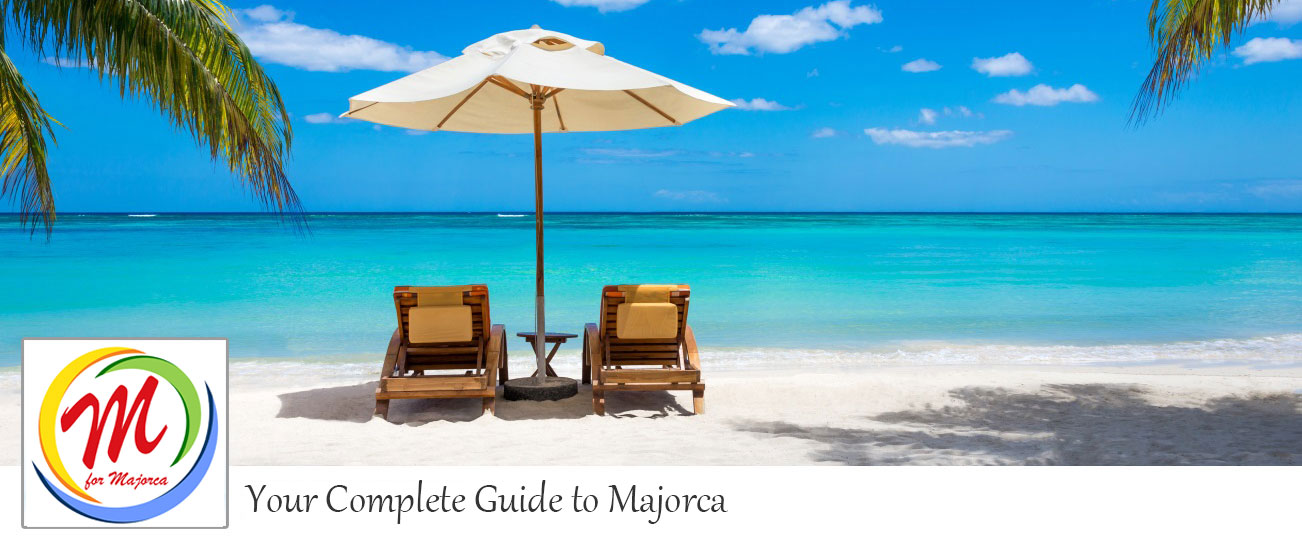Let’s talk about a Majorcan personal favourite of mine; Hierbas. When dining at a Majorcan restaurant some waiters will bring complimentary shot glasses with Hierbas upon giving you the bill. The drink is typically consumed at the end of a meal and can also be ordered in most food and drink establishments.
I´ve spent a few Sundays having a nap on the beach after a glass of Hierbas on ice. One drink of the stuff on a full stomach and it’s enough to knock you out for a nice siesta under a parasol so it really should come with a hazard warning. 😊
The Herbs of Majorca are defined as an aniseed spirit drink obtained by the extraction of aromas from various plants of the island itself. Hierbas can be sweet, mixed or dried. From green to amber, with different intensities and nuances that are wrapped in its aniseed aroma and taste.
There are three variations of hierbas:
- Sweet herbs, which has about 20% alcohol and a minimum of 300 g/litre of sucrose.
- Mixed herbs, which has a minimum alcohol strength of 25% and a sugar content between 100 and 300g/l. This type was invented in the last century, to meet more modern tastes. The sweet herbs were too sweet, and the dry were too dry, so mixed was created. It’s typically made with 50% dry anise and 50% sweet anise.
- Dried herbs, which has a minimum alcohol strength of 35% and a maximum of 100 g/l of sucrose.
Ingredients will normally include fennel, rosemary, lemon grass, chamomile, sage, coffee beans, lemon and orange peel and lemon balm, aniseed, etc. Some contain other ingredients and as I’m sure that you can understand from seeing the long list of ingredients, home-made brews vary in terms of quantities, ingredients and tastes. Other households will also add ingredients such as rosemary, mint, peppermint, pomegranate fruit and leaves, myrtle, lavender, blackberry and so on.
History of Hierbas
It was the Arabs who discovered the process of alcohol distillation, a technique Venetian traders brought to Europe. Christian monks who had a long tradition of cultivating herbs for medicinal uses in their monasteries made ample use of the technique. In Majorca, although Moorish rule forbade alcohol consumption for religious reasons, distillation of plants and herbs for medicinal purposes was allowed.
When Christians took over the Balearics, the healing herb liquor became more and more popular as stills were set up in monasteries all over of the island. Ramon Llull, at the Santuari de Cura near Randa, helped further develop the distillation techniques. By the end of the 18th Century, about 180 stills were counted on the island, producing the astounding quantity of approximately 750,000 litres of liquor per year, sixty percent of which were consumed on the Island.
The rest brought home by travellers to the mainland of Spain or exported, mostly to South America. To satisfy increasing demand, several big distilleries were founded in Majorca, some of which produce the famous Hierbas even today.
At first site and depending on the bottle you come across it will look like a plant aquarium or what I jokingly refer to as swamp water from the wetlands the of the nearby Albufera. But let me assure you that as a person who does not categorise himself as a drinker of liqueurs, this drink that can take 3 months to distil is delightful. On a more serious note, I find that buying a bottle with all the herbs inside makes a nice looking gift to give as a souvenir if you have friends and family abroad. Hierbas has a designation of origin and can only be made on the island so do give them a try if you’re ever visiting or moving abroad.
On a final note, if you do decide to get your hands on a bottle I would suggest buying from a local shop or supermarket. There are those from independent or small brewers sold in artisanal stores but – unless you know your Hierbas very well – I believe you´ll be paying an unnecessary premium for what is usually a small bottle.


